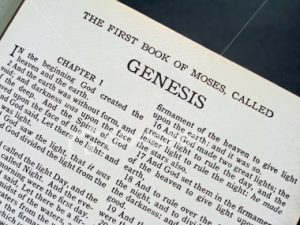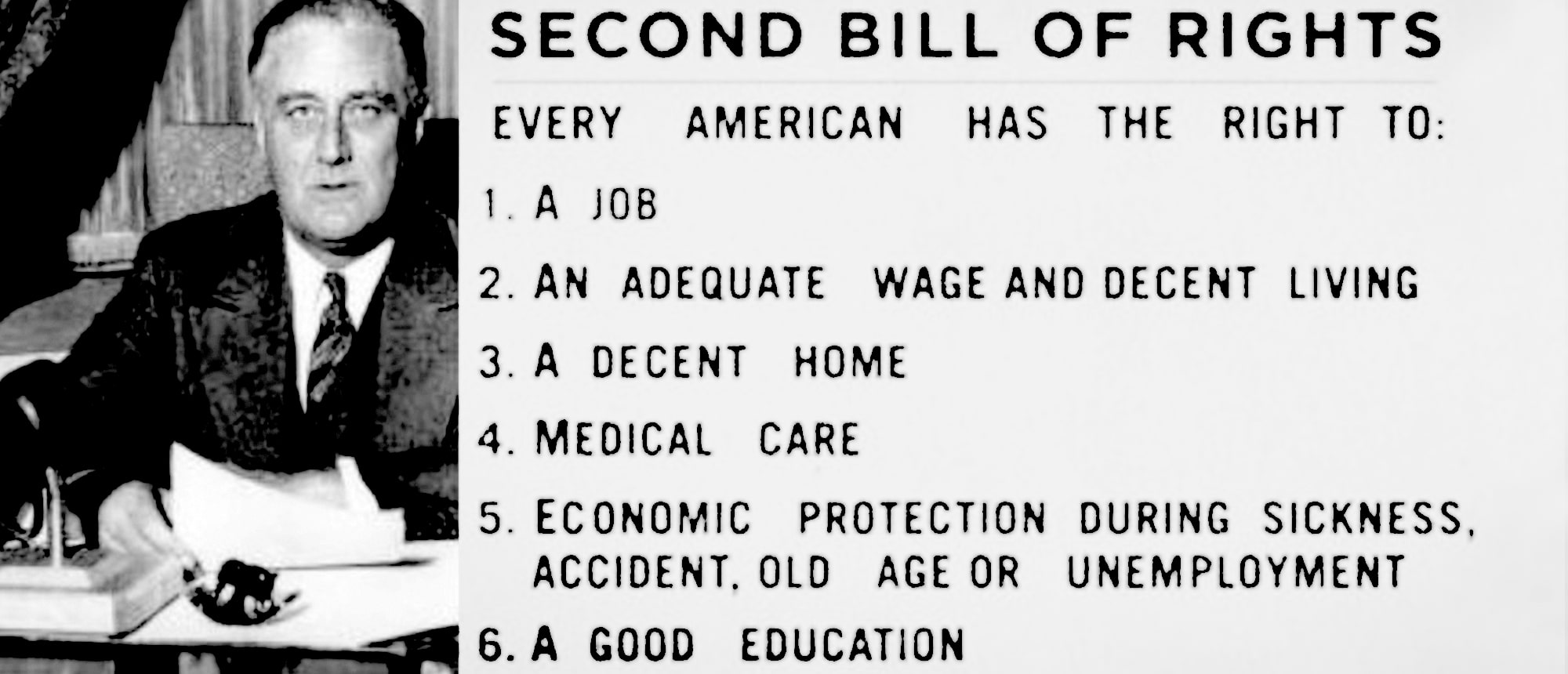(ThyBlackMan.com) The sixth of the seven feasts (appointed times or moadim) that God gave to Israel is the Day of Atonement, also known as “Yom Kippur”. It was the one day set aside for Israel to receive forgiveness of sins for one year. You can read Exodus 30:1-10, which describes the Arc of the Covenant, but I’ll include Exodus 30:10, here below:
10 And Aaron shall make an atonement upon the horns of it once in a year with the blood of the sin offering of atonements: once in the year shall he make atonement upon it throughout your generations: it is most holy unto the Lord.
Aaron was the first high priest of Israel. Once a year, on the 10th day of the seventh month, the priest would cleanse himself, enter into the holy place and do whatever, then go into the Holy of Holies, sprinkle lamb’s blood on the East end of the mercy seat which was upon the Arc of the Covenant. This was done in the tabernacle, and later in Solomon’s Temple. The priest would be making intercession for the people of Israel, giving them forgiveness of sins for one year. After a year, it would have to be repeated.
Moses was first to make intercession for the people. During a time when Moses was spending 40 days with Yehovah on Mt Sinai, the children of Israel got restless, and made a golden calf to worship. Read Exodus 32:1-5.
Aaron should have known better than to yield to the foolish desires of the people. He deserved a big spanking. Maybe even put to death, but God had a future use for him.
While Moses was on Mt. Sinai talking with Yehovah, the Lord told Moses to get back down to the people. God was going to kill them all, and start over with Moses. But Moses interceded. Now go read Exodus 32:7-14.
When Moses came down, he broke the tablets of stone given to him by Yehovah, pulverized the calf, and made the people drink water with the powdered gold.
Exodus 32:19-20
19 And it came to pass, as soon as he came nigh unto the camp, that he saw the calf, and the dancing: and Moses’ anger waxed hot, and he cast the tables out of his hands, and brake them beneath the mount.
20 And he took the calf which they had made, and burnt it in the fire, and ground it to powder, and strawed it upon the water, and made the children of Israel drink of it.
What Moses did was to make the people perform an act of purification, and dispensing to them punishment. The result of drinking water mixed with powdered gold is to have a severe case of diarrhea, for a few days. They often had to walk outside the camp to relieve themselves, and change their garments. If they really wanted, they could get the gold back…., but I doubt that any of them did. A prospector today might go to the area surrounding the camp of Israel in Saudi Arabia, and with enough patience, find 300 pounds of gold, if they had enough patience.
Afterwards, Moses went back up the mountain to try to obtain forgiveness for the people. This is where we first find mention of what may be the book of life. Moses was apparently told of such a book.
Exodus 32: 30-33
30 And it came to pass on the morrow, that Moses said unto the people,
Ye have sinned a great sin: and now I will go up unto the Lord; peradventure I shall make an atonement for your sin.
31 And Moses returned unto the Lord, and said, Oh, this people have sinned a great sin, and have made them gods of gold.
32 Yet now, if thou wilt forgive their sin–; and if not, blot me, I pray thee, out of thy book which thou hast written.
33 And the Lord said unto Moses, Whosoever hath sinned against me, him will I blot out of my book.
The willingness of Moses to be sacrificed for the sake of the people was a shadow of the role that Yeshua, as the Messiah, would play for the redemption of Israel and of all mankind. The word Kippur comes from a root word “kofer”, which in Hebrew means ransom. It has a similar meaning of the word redeem, and means “to atone by offering a substitute”. We see this in the Old Testament by the priestly ritual of sprinkling sacrificial blood to remove the defilement of sin.
The life blood of the sacrificial animal was required in exchange for the life blood of the worshipper. It is symbolic of accepting innocent life in place of the guilty life. In like manner, the symbolism was further amplified when the priest during the second Temple period, placed their hands on the head of the chosen goat, and the goat sent out into the wilderness or pushed over a high cliff. That is how the term scapegoat came to be known. Go read Leviticus 16:3-10.
When the second temple was built, and the Arc of the Covenant was hidden away from the people, a white ribbon soaked red with a second goat’s blood, was tied to the temple doors, and the (other) scapegoat was sent into the wilderness, since the High priest could not sprinkle blood on the Arc. Once the goat was out of sight, the red ribbon tied to the Temple doors miraculously turned white. This was not written about in the Bible which we have, but was documented by the Jewish scribes. Remember this, for I shall refer to it again later.
While Jesus was here on Earth, during His 70 week ministry, the Day of Atonement occurred four days after His 30th birthday, when a Levite is eligible to become a priest. To mark the occasion, Yeshua was transfigured on Tuesday, September 30th, 27 AD. Matthew 17:1-3
And after six days Jesus taketh Peter, James, and John his brother, and bringeth them up into an high mountain apart,
2 And was transfigured before them: and his face did shine as the sun, and his raiment was white as the light.
3 And, behold, there appeared unto them Moses and Elias talking with him.
A man of the tribe of Levi, had to be thirty years old before he could become a priest.
Yeshua was 29 years old when He was baptized, February 16, 27 AD. On September 30, 27 AD, four days after His 30th birthday, Yeshua was transfigured, meaning having a metamorphosis episode, appearing with Moses and Elijah in front of three of His disciples, Peter, James and John. At that moment, Yeshua was ordained as High Priest in the Kingdom of God. He became the High Priest after the order of Melchezedick. Through His mother, Yeshua was both Judean and a Levite.
Gen 14:18-19
18 And Melchizedek king of Salem brought forth bread and wine: and he was the priest of the most high God.
19 And he blessed him, and said, Blessed be Abram of the most high God, possessor of heaven and earth.
The following is my explanation of who Melchizedek was. I am of the opinion that the city of Salem was at the location of present day Jerusalem. When Abraham was returning from rescuing his nephew Lot, Abraham stopped at Salem and gave thanks.
Salem was a city that no one knew when it began or who settled there. There would be angels disguised as guards in front of the city gates, but no one of the city ever came out except Melchizedek. The City had been there since after the flood, so as people migrated to the city of Babel, they found Salem was already established. Since no one came in or out, it was left alone. It probably paid tribute to king Chedorlaomer, the king that fought against Sodom, Gomorrah, and the other cities of the plain.
I believe that God established the city after the flood, in 2610 BC, for the purpose of blessing Abraham, maybe two years before Ismael was born, in 2234 BC, about 376 years after the flood. God Himself was Melchizedek, appearing in human form, waiting for the encounter with Abraham. Yehovah sees into the future and plans ahead.
Melchizedek was both King, and High Priest to Yehovah, Himself, as Yeshua would become, 2260 years later after blessing Abraham.
Now, go read Psalms 110, verses 1 – 4.
To help you better understand that passage, let me paraphrase it to the glory of Yeshua:
1 Yehovah of the past (pure Spirit), said unto Yehovah of the future (composite Spirit), Sit thou Yeshua at my right hand, until I make thine enemies thy footstool.
2 Yehovah shall send the rod of Yeshua’s strength out of Zion: rule thou Yeshua in the midst of thine enemies.
3 The people of Yeshua shall be willing in the day of Yeshua’s power, in the beauties of holiness from the womb of the morning: Yeshua hast the dew of His own youth.
4 Yehovah hath sworn, and will not repent, Thou Yeshua art a priest for ever after the order of Melchizedek.
I am making the declaration that Melchizedek was Yehovah in the appearance of human flesh in the Old Covenant, and Yeshua was Yehovah dwelling in human flesh in the Renewed Covenant. The Spirit of Yehovah, and the humanity of Yeshua became a composite existence when Jesus returned to Heaven forty days after His resurrection.
The year that Yeshua died, in 28 AD, and Him ascending back to Heaven, and every Yom Kippur of every year after that, the ribbon on the temple doors never turned white again, and the rabbis and priests pretended to never know why. The innocent human sacrifice of Jesus made everlasting atonement for sins, making the yearly ritual of the scapegoat and ribbon unnecessary. From the year 28 AD, until the Temple was destroyed in 68 AD (not 70 AD), the red ribbon did not turn white ever again.
This concludes the explanation of the Day of Atonement. Next, in Part 7B, The Feast of Tabernacles.
Staff Writer; Herman Cummings
You may also purchase this writer book which is entitled; Moses Didn’t Write About Creation.




















Leave a Reply